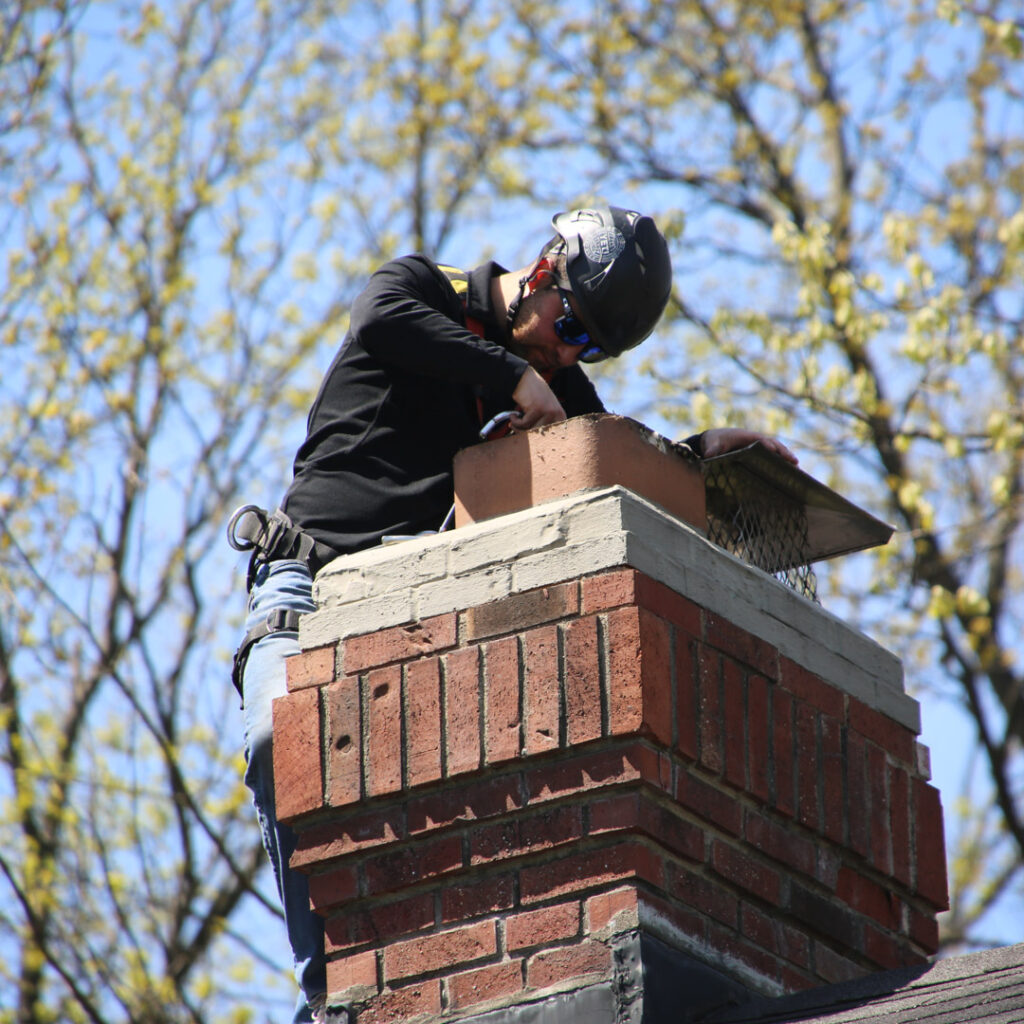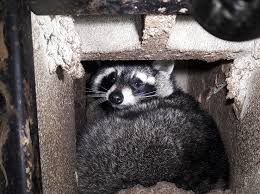What equipment is needed for safe chimney animal removal in Antioch

Chimneys might seem like nothing more than a path for smoke, but to the animals living in Antioch, they can look like a five-star hotel. Birds, squirrels, raccoons, and even the odd possum sometimes find their way into these cozy, vertical hideouts. If you’ve ever heard odd scratching above your fireplace or found feathers where you didn’t expect them, you know what I mean. The trick, though, is getting these surprise tenants out without hurting them—or yourself. Safe chimney animal removal isn’t just about bravery; it’s about having the right gear and knowing how to use it. Today, I’ll walk you through the essential equipment you need if you ever have to rescue a critter from your chimney in Antioch, and share a few tips I’ve learned from my own adventures in Chimney Animal Removal.
Over the years, I’ve learned that prevention is just as important as removal. One of the simplest ways to keep animals out of your chimney is by installing a chimney cap with a secure mesh screen. Not only does it block unwanted guests, but it also keeps out leaves and debris that could become fire hazards. Regular inspections, especially before the colder months set in, can save you a lot of hassle down the line. If you’re not comfortable checking it yourself, a local professional can ensure everything is in good shape. Remember, keeping animals out is a lot easier—and safer—than getting them out.
Rescuing an animal from your chimney isn’t just about gear—it’s about respect for every creature, and making sure everyone gets out safe.
First Things First: Why the Right Equipment Matters
Before you even think about poking your head up the fireplace or climbing onto the roof, pause for a second. Animals trapped in chimneys are usually scared stiff, and a panicked raccoon or squirrel can bite, scratch, or scatter soot everywhere. Not to mention, chimneys themselves can be slippery and full of surprises! Using proper tools protects not only the animal but also you and your home. I’ve seen more than one do-it-yourselfer end up with a face full of soot—or worse, a hospital trip—just because they tried to wing it with a broomstick and some gloves.
Must-Have Gear for Chimney Animal Rescue
Let’s break down the “toolbox” you’ll want if you’re facing a furry (or feathery) squatter in your chimney. Here’s what I always keep on hand:
- Sturdy Ladder: First up, you need a reliable ladder that can safely reach your roof. Chimneys aren’t always easy to access, and rickety ladders are an accident waiting to happen. Make sure the feet grip well and there’s no wobble.
- Heavy-Duty Gloves: Never underestimate the bite of a frightened animal! Thick, animal-handling gloves protect your hands from teeth, claws, and sharp chimney debris.
- Chimney Inspection Mirror and Flashlight: Sometimes, you can’t quite see where the animal is hiding. These tools help you check deep into the flue without getting your face covered in soot or getting too close to a scared critter.
- Animal Control Poles: These extendable poles help you gently guide or coax an animal out of tight spots without hurting them—or risking a close encounter.
- Live Animal Traps or Rescue Baskets: For animals that won’t budge, a humane trap or basket lets you catch and carry them outside safely. Make sure it’s the right size for whatever you’re dealing with, from tiny birds to chunky raccoons.
- Dust Mask or Respirator: Old chimneys can be full of dust, droppings, and who-knows-what else. Protect your lungs with a decent mask.
- Protective Clothing: A long-sleeved shirt, sturdy pants, and even safety goggles aren’t overkill. If you get dirty, you’ll thank yourself later.
- Chimney Cap: Last but not least, once the animal’s out, a chimney cap keeps future guests from moving in. It’s the best way to prevent repeat visits!
How All This Gear Works Together

Let’s say you hear rustling in your chimney one morning. Here’s how you’d put all your equipment to use: First, you’d slip on your gloves and mask, then grab your flashlight and inspection mirror to peek up the flue. If you spot the animal, you might use the animal control pole to gently encourage it into a rescue basket or live trap. Sometimes, a curious raccoon will come down on its own if you leave a rope hanging into the fireplace (they love to climb). If you need to go up on the roof, your sturdy ladder gets you up there, and the chimney cap is ready to go once you’re finished. And of course, you stay protected the whole time thanks to your gear. It’s all about being efficient, not just putting in effort.
The Cost of Chimney Animal Removal Services in Antioch
If you’re not comfortable doing this yourself (and honestly, many people aren’t), there are local pros who can handle it for you. Here’s a quick look at what you might pay for different services in Antioch, along with what’s included. Prices may differ based on the job’s complexity or the type of animal, but this should give you a general estimate.
| Service | Details | Typical Cost (Antioch) |
|---|---|---|
| Chimney Animal Inspection | Check for animals, nests, and entry points | $75 – $120 |
| Single Animal Removal | Safe removal of one animal (squirrel, bird, etc.) | $150 – $250 |
| Multiple Animal/Nest Removal | Removing families or nests, cleaning debris | $250 – $400 |
| Chimney Cap Installation | Installing a cap to block future animal entry | $180 – $350 (incl. materials) |
| Complete Chimney Cleaning | Sweeping, debris removal, odor treatment | $120 – $200 |
A Few Bonus Tips from the Field
- Don’t rush: Animals stuck in chimneys are usually stressed. Move slowly and keep noise to a minimum.
- Block off the fireplace: Close the damper and use a sheet or plastic to keep animals from entering your living room if they get spooked.
- Double-check for babies: Especially in spring, nests may have young ones who can’t climb out yet. Always inspect and observe carefully before closing anything off.
- Never use fire or smoke: Trying to “smoke out” an animal is dangerous for everyone—don’t do it!
- Call a pro if you’re unsure: Some jobs are just too risky for a DIY approach. When in doubt, let an expert handle it.
Wrapping Up: Keep Your Chimney Safe and Critter-Free
Having a wild animal take up residence in your chimney is never fun, but with the right equipment and a little know-how, you can handle it safely and humanely. Remember, the goal isn’t just to get the animal out—it’s to do it in a way that keeps both you and the creature out of harm’s way. And once you’ve had one surprise guest, installing a chimney cap is the best way to make sure it doesn’t happen again. Whether you tackle it yourself or call in the pros, you’ll be glad you put safety first.
Stay safe, stay smart, and may your chimney stay animal-free!
Read More: Antioch Chimney Sweep


